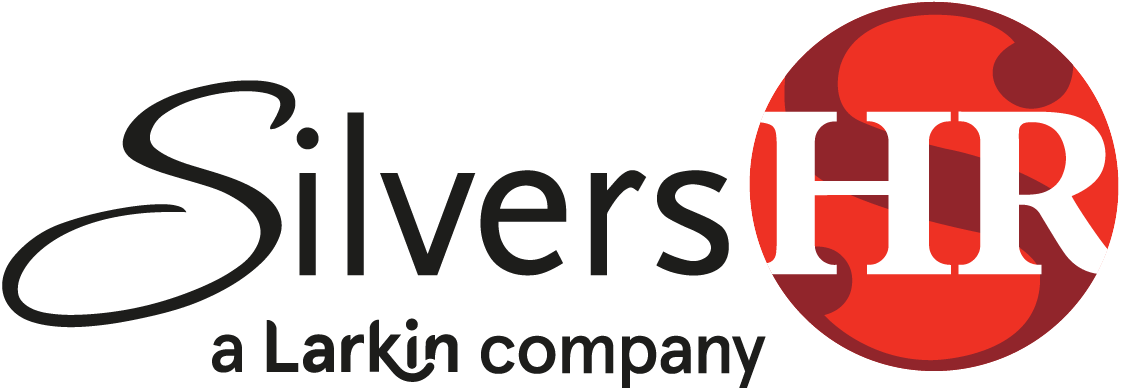Piece Rate Workers Safe Harbor Filing Ends This Week
By Kim Silvers, SPHR-CA
If you have piece rate workers (those employees paid X dollars/cents for the production of a widget, rather than an hourly rate) you already know that AB 1513 added additional steps for California employers to pay and track non-productive time on January 1, 2016. Piece rate workers are often found in automotive repair shops, manufacturing plants, salons, and agriculture. (They are not commissioned employees paid a percentage of a sale.)
The new law codifies several California state and federal court decisions requiring that employees be paid separately for rest breaks and nonproductive time, in addition to the piece rate earned. CA employers may not average wages over the day or week to ensure minimum wage is paid; each hour stands on its own.
There is a “safe harbor” provision of the new law that you may want to consider in order to minimize your claims risk for wages, damages, and penalties for failure to pay for rest and recovery breaks and other nonproductive time prior to January 1, 2016. This Friday, July 1, 2016 is the deadline to file the safe harbor election. Filing is relatively easy, although your company’s name will be listed on the DIR website until March 31, 2017. You will also have until December 15, 2016 to pay employees and former employees one of the two the safe harbor options.
The two safe harbor options (with opinion) are noted below by the Seyfarth Shaw law firm on their Wage & Hour Litigation Blog:
Under the first option, employers may pay the wages for all previously uncompensated rest and recovery periods and nonproductive time from July 1, 2012 through December 31, 2015, along with statutory interest. This option presents a challenge for most piece-rate employers, who are likely not to have tracked nonproductive time. It also invites ongoing challenges as to whether the full amount of nonproductive and rest break time was correctly paid. The safe harbor itself contains a safe harbor, which allows an employer to correct “good faith” miscalculations in the safe harbor payment within 30 days of notice. The employer has the burden of proving, however, that the mistake “was solely the result of good faith error.”
Under the second option, employers may pay a flat 4% of the employee’s gross earnings from July 1, 2012 through December 31, 2015, for pay periods in which a piece rate was paid. This option will generally be the safer, simpler, and cheaper option. For a 40- hour workweek, rest break wages alone will generally amount to slightly over 4% of the employee’s gross wages, even without including any nonproductive time. In addition, unlike the first option, there is no requirement to pay statutory interest. Finally, gross wage records should be accessible and less subject to dispute than estimates of untracked nonproductive time.
We encourage you to work with employment counsel if you wish to consider the options. If you do not have legal counsel, we’ll be happy to recommend a firm. You should have privileged conversation around this matter.
